Islands are often referred to as the “pearls” of the Earth because they provide numerous benefits to humanity, from places suitable for habitation to docking stations for ships, landing sites for planes, and even locations for military bases.
Types of Islands Around the World
In the vast ocean, a piece of land rises above the green waves. When humans take notice of these islands, they can become docking stations for ships, landing sites for planes, or even resorts. These “pearls” appear skillfully across the Earth and provide many benefits for humanity.
So how are islands formed? Based on our current understanding, islands are categorized into four types: continental islands, volcanic islands, coral islands, and alluvial islands.
Type One: Continental Islands
Continental islands are landmasses situated on the continental shelf of a continent. For example, the British Isles and Sicily are located on the European continental shelf; Greenland is on the North American shelf; and Sumatra and Borneo are on the Asian shelf.
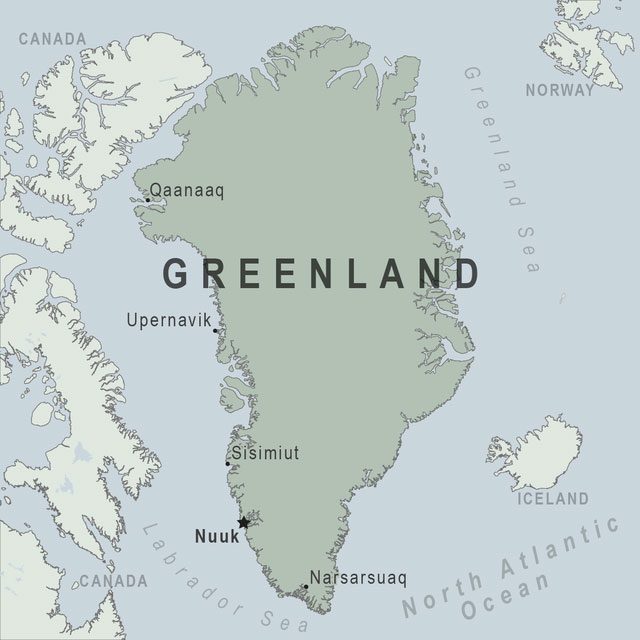
Continental islands are landmasses that rise from the mainland into the ocean. The largest islands in the world are primarily continental islands. They are formed for three main reasons:
First, the movement of the Earth’s crust can cause the connection between the land and the continent to collapse into a strait, separating the original land from the mainland and forming an island. Greenland, Ireland, Borneo, Madagascar, and other major islands like the Japanese archipelago, the British Isles, the Malay Archipelago, and islands such as Taiwan and Hainan were formed in this manner.
Second, islands can be formed by moraines. During ancient glacial periods, glaciers carried large amounts of debris and sediment that accumulated downstream. Later, as the climate warmed, glaciers melted, sea levels rose, and the moraine deposits that were not submerged became islands. Small islands off the coast of Norway, the Baltic Sea, and the eastern borders of the United States and Canada were formed this way.
Third, islands can be formed through coastal erosion. These islands are close to the mainland and share similar elevations, separated only by a narrow strait; this strait results from years of wave erosion. Such islands are few in number and small in size.
Type Two: Volcanic Islands
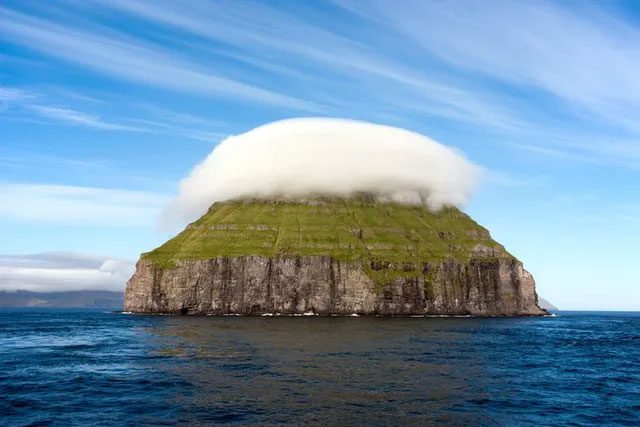
Volcanic islands are formed by volcanic activity, where lava erupts and cools to create land. These islands are the exposed parts of underwater volcanoes. They have a magnificent appearance, distinctly different from continental and coral islands. Initially, the volcano is submerged, but after continuous eruptions, magma accumulates and eventually rises above the water’s surface.
Mauna Kea is a volcanic island and also the highest peak of the underwater volcanic mountain range in Hawaii, standing at 4,205 meters above sea level and 5,998 meters underwater, giving it a total height of 10,203 meters. Iceland, the eighteenth largest island in the world at 103,000 square kilometers, was formed by the eruptions of thousands of underwater volcanoes. The Hawaiian Islands were also formed by a series of underwater volcanic eruptions. The Aleutian Islands are arranged in an arc and were similarly formed by a series of ring-shaped underwater volcanoes.
Type Three: Coral Islands
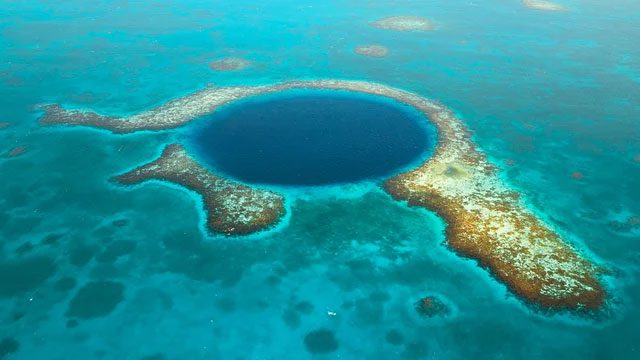
Coral islands exist only in tropical and subtropical seas, formed from coral frameworks and related organisms. These islands are typically found in shallow waters or around volcanic islands.
Under suitable conditions, it takes about 1,000 years for coral islands to develop to a height of 36 meters, and they cease to grow when they reach the high tide level of the sea. Subsequently, specific geological changes will cause these islands to rise above the water and become islands.
The total area of coral reefs in the world today is 27 million square kilometers, equivalent to the combined areas of Europe and South America, although most of them remain submerged.
The Caroline Islands and the Marshall Islands in the Pacific, as well as the Maldives in the Indian Ocean, are typical examples of coral islands.
Type Four: Alluvial Islands
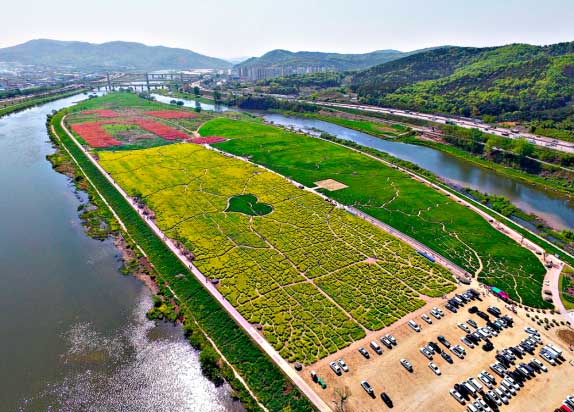
Alluvial islands are usually located at the mouth of a large river or on the outer edges of coastal plains, formed from the accumulation of river sediment or ocean currents.
The largest alluvial island in the world is Marajo, located at the mouth of the Amazon River, the largest river in the world, covering an area of 400,000 square kilometers, ranking as the 30th largest island globally. Chongming Island and Changxing Island at the mouth of the Yangtze River in China, as well as isolated islands at the mouth of the Yellow River, are all alluvial islands. Sable Island off the eastern coast of Canada, Cape Trass on the eastern coast of the United States, and the Beigang Sandbank in China are all sandbanks formed by the accumulation of ocean currents and winds. Smaller alluvial islands often have variable positions and sizes, changing seasonally. A typical example is the sandbanks in the Red River.
Other Types of Islands
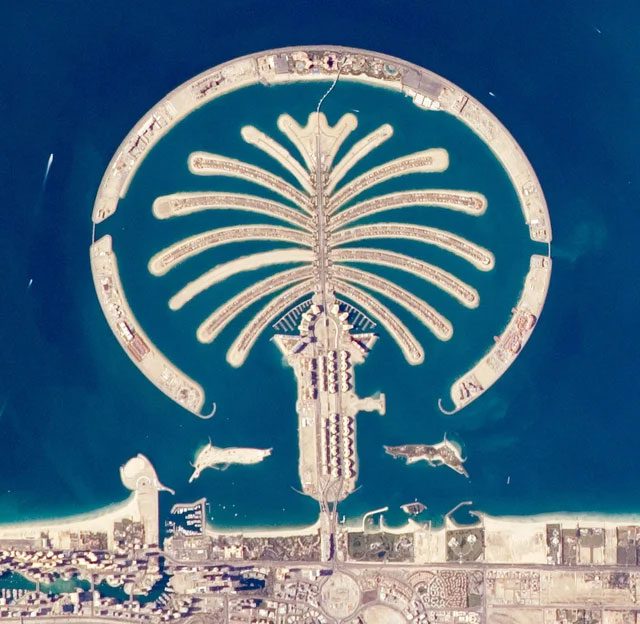
In addition to the four natural types of islands, humans have also utilized modern science and technology to build artificial islands. Although these islands are fewer in number and smaller in scale, they hold significant economic potential and promise. In the future, we will likely eliminate sand islands, construct massive steel floating structures, and develop factories, exhibition halls, parks, hotels, and even entire cities at sea, greatly expanding the infrastructure for human activities.


















































